The Scimitar in Brief

The Supermarine Scimitar was a single-seat, twin-engine naval strike fighter, exclusively used by the Royal Navy’s Fleet Air Arm and last aircraft fully designed and built by Supermarine, famously the maker of the Spitfire. The programme was initiated in 1945 as a model specifically designed for "sprung" rubber decks then in development for easier landings (later abandoned). The project then evolved as a 2nd generation jets and a previous prototype, the Type 508, first flew in 1951.
But her development was delayed. She Originated from earlier prototypes (Types 505, 508, 525), and evolving from straight-wing and butterfly-tail designs into the production model F.1 with swept wings and conventional tail. The Scimitar's in its final form performed her first flight in January 1956 and she entered entered service: 1957. She was retired between 1966 and 1969, used for training only a few years.
She was built to meet naval requirements—heavy, breed large, with intricate design adaptations for carrier operations, including blown flaps and reinforced structure. Supermarine built a total of 76 aircraft out of an initial order for 100, later reduced given its numerous issues. She entered service into squadrons such as 800, 803, 804, 807 NAS and others and she operated from carriers HMS Ark Royal, Hermes, Victorious, Eagle, and Centaur.
She measured 16.8 meters overall, for a wingspan of 11.33m vut folding wings, had an overall height on top of her tail of 5.28m and total wing area of 45m². Given a profile made for speed, she landed fast and was dangerous to some extent for rokie pilots. The F1 Empty weight was around 10,870 kg for a Max takeoff weight of 15,515 kg. It was powered by two Rolls Royce Avon 202 turbojets (~11,250 lbf thrust each), for a top speed around 1,145 km/h at sea level, and service ceiling near 14,000 m, range of about 2,290 km. In flight however it was adored, known for high acceleration and excellent low level performance, but lacked afterburners, and remaining subsonic in sustained level flight.

The Scimitar was armed with four 30 mm ADEN cannons mounted beneath engine inlets but also had four external pylons allowed carrying up to four AIM-9 Sidewinder air-to-air missiles, or AGM-12 Bullpup air-to-surface missiles, Conventional bombs, Rocket pods, or even the tactical “Red Beard” freefall nuclear weapon on rare occasions for nuclear deterrence. In that role she was replaced by the much better Bucanneer. To be more precise, it could carry up to 16 two or three inch (51 or 76 mm) unguided rockets (4 per pylon), four × AGM-12 Bullpup or AIM-9 Sidewinder missiles or four × 1,000 lb (454 kg) bombs.
❮❮❮❮❮❮❮❮❮❮❮
⚠ Note: This post is in writing. Completion expected in 2026.
❯❯❯❯❯❯❯❯❯❯❯
F1 Specifications | |
| Crew: | 1 pilot |
| Lenght | 55 ft 3 in (16.84 m) |
| Wingspan | 37 ft 2 in (11.33 m) |
| Height | 17 ft 4 in (5.28 m) |
| Wing area: | 485 sq ft (45.1 m2) |
| Empty weight | 23,962 lb (10,869 kg) |
| Gross/Max TO Weight | 34,200 lb (15,513 kg) |
| Propulsion: | 2× Rolls-Royce Avon 202 turbojet engines: 11,250 lbf (50.0 kN) each |
| Performances: | 640 kn (740 mph, 1,190 km/h) sea level |
| Service ceiling: | 46,000 ft (14,000 m) |
| Rate of climb: | 6,751 ft/min (34.30 m/s), 45,000 ft (14,000 m) in 6 minutes 39 seconds |
| Range: | 1,237 nmi (1,424 mi, 2,291 km) |
| Wing Loading | 70.515 lb/sq ft (344.28 kg/m2) (gross weight) |
| Gun Armament | 4 × 30 mm ADEN (160 rds per gun) |
| Armament underwing | 4 hardpoints, see notes |
Variants
- Type 508 proto: Straight-wing research aircraft.
- Type 529 proto: Straight-wing research aircraft.
- Type 525 proto: Straight-wing research aircraft.
- Type 544 proto: Stagerred-wing F1 from Vickers Exp. Dept. Hulsey Park.
- F.1: Production model at Vickers-Arstrmong South Marston, 100 ordered in 1952.
Royal Navy service

The Scimitar was large and powerful compared to all previous models, and if pilots liked it, it was extremely tricky to land. It reached an unprecedented and infamous 51% attrition loss rate due to landing accidents: 39 total, and 9 pilot fatalities. It was not helped by the small decks for her size, demanding maintenance and high speed when landing.
In particular the 25 September 1958 crash made headlines. It was the first high profle landing on the newly recommissioned HMS Victorious, in full view of the press, when one of the arrestor wires broke, causing one Scimitar (serial XD240) piloted by Commander John Russell (of 803 Naval Air Squadron) to fall into the sea. Despite the quick arrival of a Westland Whirlwind planeguard helicopter his plane sank beflre he had time (apparently) to open the canopy as shown in a pathé footage. Once recovered, it was found that Russell had managed to open the canopy but remained tethered by the ejector seat leg straps and dinghy lanyard. Fixes had to be made on all models afterwards.
There was another famous crash on 19 November 1958, when after losing altitude over the Black Isle (Scottish Highlands), Sublieutenant C.R. Cresswell ejected from his Scimitar XD247 but his parachute only partially opened and he fell hard, later dying at the nearby Raigmore Hospital. Since the "east of Suez" policy ws terminated in between, Scimitars only saw limited peactile service. In 1966 they were versed to training, but the attrition rate are up the remaining ones, with the remainder scrapped and three preserved: XD220 at the US Empire State Aerosciences Museum, New York State, XD317 at Yeovilton and XD332 at the Solent Sky Museum in Southampton.
There is an often cited myth that it requiring 1,000 maintenance hours per flight hour, though closer analysis suggests that was exaggerated; actual maintenance demands were still high and unpopular with crews. Its service run was relatively short as the Scimitar was replaced by the Blackburn Buccaneer for strike duties and Sea Vixen for air defense roles by the mid-1960s. The lack of radar was indeed a real issue and it was relegated to ground strike missions. Overall, the Scimitar was the bold final chapter in Supermarine’s design lineage, impressive on paper, powerful and capable, yet ultimately undermined by complexity and early operational challenges. Supermarine also closed its doors definitively in 1960, incorporation into BAC, and ultimately all assets merged.
Gallery
Author's illustrations: Types and liveries

Scimitar F1 of 803NAS, HMS Victorious 1958
More to come
Photos








Sources/read more
Books
Links
en.wikipedia.orgThe model corner
- Lohner E (1913)
- Macchi M3 (1916)
- Macchi M5 (1918)
- Ansaldo ISVA (1918)
- Sopwith Baby (1916)
- Short 184 (1916)
- Fairey Campania (1917)
- Sopwith Cuckoo (1917)
- Felixstowe F.2 (1917)
- Friedrichshafen FF 33 (1916)
- Albatros W4 (1916)
- Albatros W8 (1918)
- Hanriot HD.2
- Grigorovitch M5
- IJN Farman MF.7
- IJN Yokosho Type Mo
- Yokosho Rogou Kougata (1917)
- Yokosuka Igo-Ko (1920)
- Curtiss N9 (1916)
- Aeromarine 39
- Vought VE-7
- Douglas DT (1921)
- Boeing FB.5 (1923)
- Boeing F4B (1928)
- Vought O2U/O3U Corsair (1928)
- Blackburn Blackburn (1922)
- Supermarine Seagull (1922)
- Blackburn Ripon (1926)
- Fairey IIIF (1927)
- Fairey Seal (1930)
- LGL-32 C.1 (1927)
- Caspar U1 (1921)
- Dornier Do J Wal (1922)
- Rohrbach R-III (1924)
- Mitsubishi 1MF (1923)
- Mitsubishi B1M (1923)
- Yokosuka E1Y (1923)
- Nakajima A1N (1927)
- Nakajima E2N (1927)
- Mitsubishi B2M (1927)
- Nakajima A4N (1929)
- CANT 18
WW1
✠ K.u.K. Seefliegerkorps:
 Italian Naval Aviation
Italian Naval Aviation
 RNAS
RNAS
 Marineflieger
Marineflieger
 French Naval Aviation
French Naval Aviation
 Russian Naval Aviation
Russian Naval Aviation
 IJN Air Service
IJN Air Service
 USA
USA
Interwar
 Interwar US
Interwar US
 Interwar Britain
Interwar Britain
 Interwar France
Interwar France
 Interwar Germany
Interwar Germany
 Interwar Japan
Interwar Japan
 Interwar Italy
Interwar Italy
- Curtiss SOC seagull (1934)
- Grumman FF (1931)
- Curtiss F11C Goshawk (1932)
- Grumman F2F (1933)
- Grumman F3F (1935)
- Northrop BT-1 (1935)
- Grumman J2F Duck (1936)
- Consolidated PBY Catalina (1935)
- Brewster/NAF SBN-1 (1936)
- Curtiss SBC Helldiver (1936)
- Vought SB2U Vindicator (1936)
- Brewster F2A Buffalo (1937)
- Douglas TBD Devastator (1937)
- Vought Kingfisher (1938)
- Curtiss SO3C Seamew (1939)
- Douglas SBD Dauntless (1939)
- Grumman F4F Wildcat (1940)
- F4U Corsair (NE) (1940)
- Brewster SB2A Buccaneer (1941)
- Grumman TBF/TBM Avenger (1941)
- Consolidated TBY Sea Wolf (1941)
- Grumman F6F Hellcat (1942)
- Curtiss SB2C Helldiver (1942)
- Curtiss SC Seahawk (1944)
- Grumman F8F Bearcat (1944)
- Ryan FR-1 Fireball (1944)
- Douglas AD-1 Skyraider (1945)
Fleet Air Arm
- Fairey Swordfish (1934)
- Blackburn Shark (1934)
- Supermarine Walrus (1936)
- Fairey Seafox (1936)
- Blackburn Skua (1937)
- Short Sunderland (1937)
- Blackburn Roc (1938)
- Fairey Albacore (1940)
- Fairey Fulmar (1940)
- Grumman Martlet (1941)
- Hawker sea Hurricane (1941)
- Brewster Bermuda (1942)
- Fairey Barracuda (1943)
- Fairey Firefly (1943)
- Grumman Tarpon (1943)
- Grumman Gannet (1943)
- Supermarine seafire (1943)
- Blackburn Firebrand (1944)
- Hawker Sea Fury (1944)
IJN aviation
- Aichi D1A "Susie" (1934)
- Mitsubishi A5M "Claude" (1935)
- Nakajima A4N (1935)
- Yokosuka B4Y "Jean" (1935)
- Mitsubishi G3M "Nell" (1935)
- Nakajima E8N "Dave" (1935)
- Kawanishi E7K "Alf" (1935)
- Nakajima B5N "Kate" (1937)
- Kawanishi H6K "Mavis" (1938)
- Aichi D3A "Val" (1940)
- Mitsubishi A6M "zeke" (1940)
- Nakajima E14Y "Glen" (1941)
- Nakajima B6N "Jill" (1941)
- Mitsubishi F1M "pete" (1941)
- Aichi E13A Reisu "Jake" (1941)
- Kawanishi E15K Shiun "Norm" (1941)
- Nakajima C6N Saiun "Myrt" (1942)
- Yokosuka D4Y "Judy" (1942)
- Kyushu Q1W Tokai "Lorna" (1944)
Luftwaffe
- Arado 196 (1937)
- Me109 T (1938)
- Blohm & Voss 138 Seedrache (1940)
Italian Aviation
- Savoia-Marchetti S.55
- IMAM Ro.43/44
- CANT Z.501 Gabbiano
- CANT Z.506 Airone
- CANT Z.508
- CANT Z.511
French Aeronavale
- GL.300 (1926-39)
- Levasseur PL.5 (1927)
- Potez 452 (1935)
- Loire 210 (1936)
- Loire 130 (1937)
- LN 401 (1938)
Soviet Naval Aviation
- Shavrov SH-2 (1928)
- Tupolev TB-1P (1931)
- Beriev MBR-2 (1930)
- Tupolev MR-6 (1933)
- Tupolev MTB-1 (1934)
- Beriev Be-2 (1936)
- Polikarpov I16 naval (1936)
- Tupolev MTB-2 (1937)
- Ilyushine DB-3T/TP (1937)
- Beriev Be-4 (1940)
-
Skoda Š-328V
R-XIII Idro
Fokker C.XI W (1934)
WW2
- De Havilland Sea Vixen
- Hawker Sea Hawk
- Supermarine Scimitar
- Blackburn Buccaneer
- Hawker Sea Harrier
- Douglas A4 Skyhawk
- Grumman F9F Panther
- Vought F8 Crusader
- McDonnell-Douglas F-4 Phantom-II
- North Am. A5 Vigilante
- TU-142
- Yak 38 forger
☢ Cold War
✧ NATO
 Fleet Air Arm
Fleet Air Arm
 US Navy
US Navy
☭ Warsaw Pact
Merch
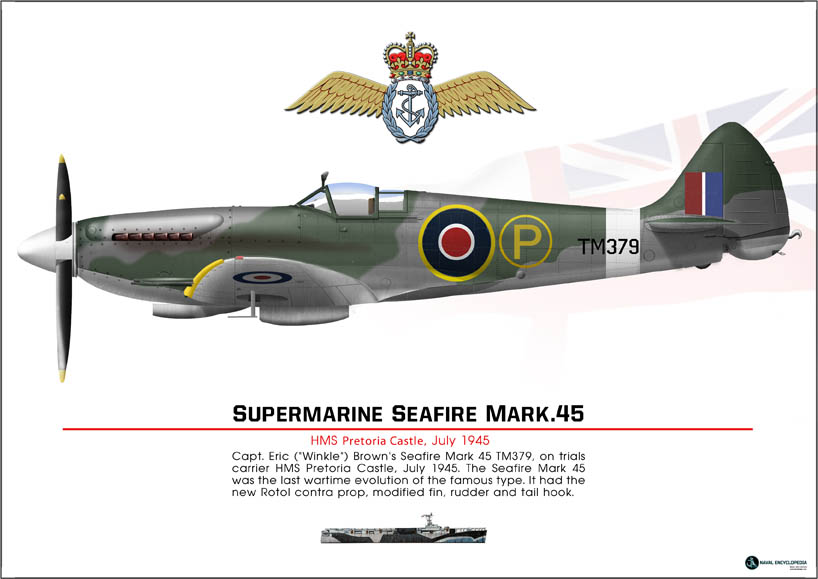
Seafire Mark 45; HMS Pretoria Castle
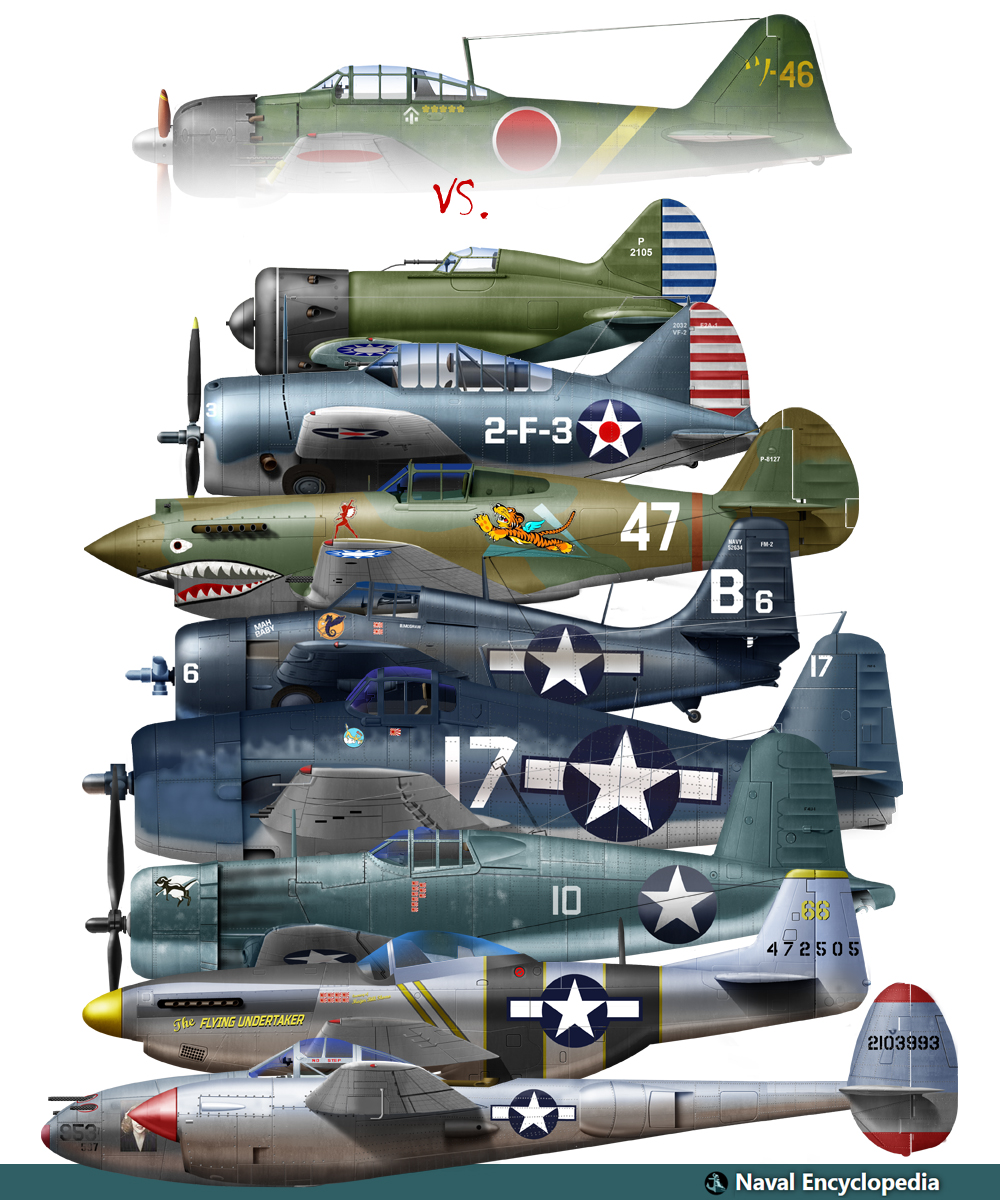
Zeros vs its aversaries
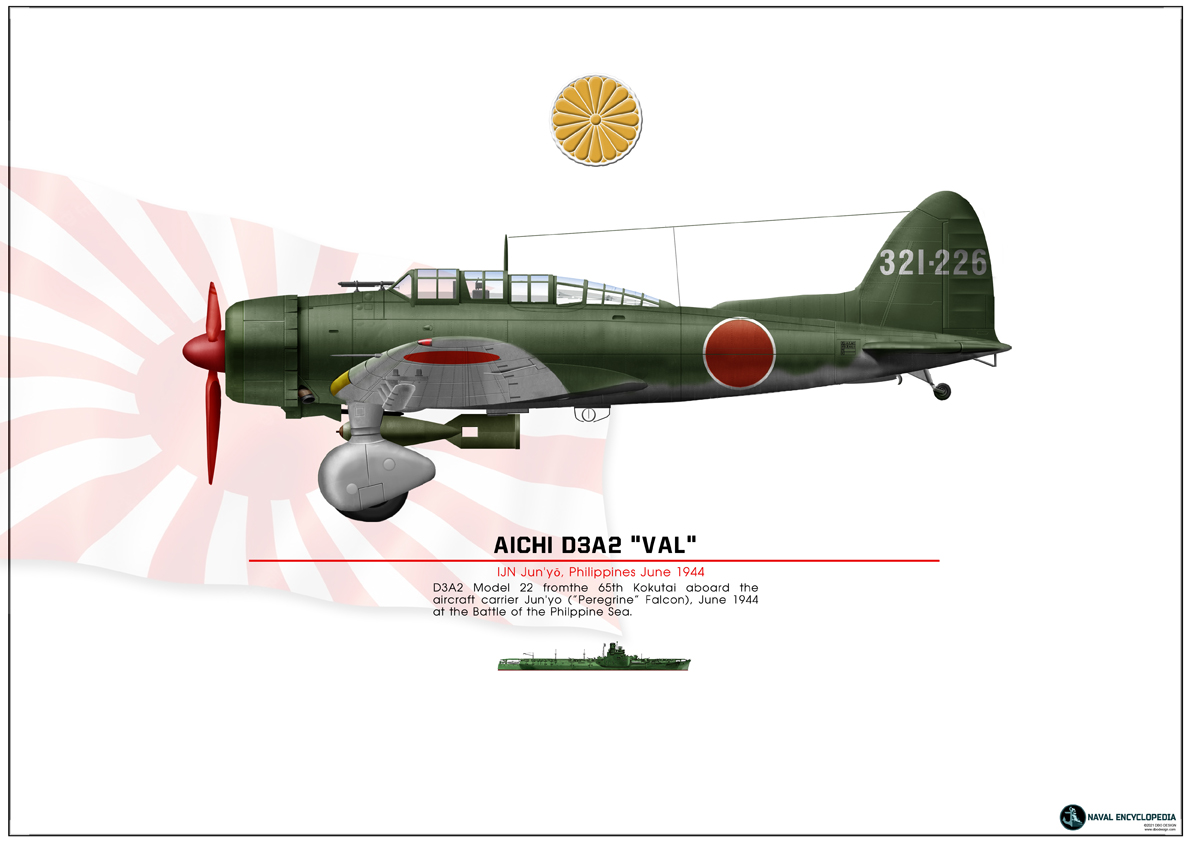
Aichi D3A “Val” Junyo
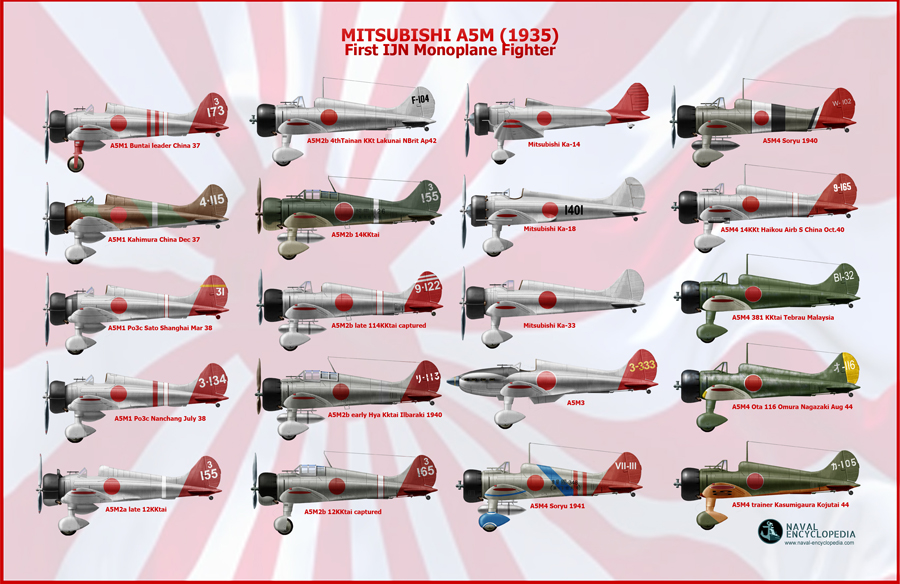
Mitsubishi A5M poster
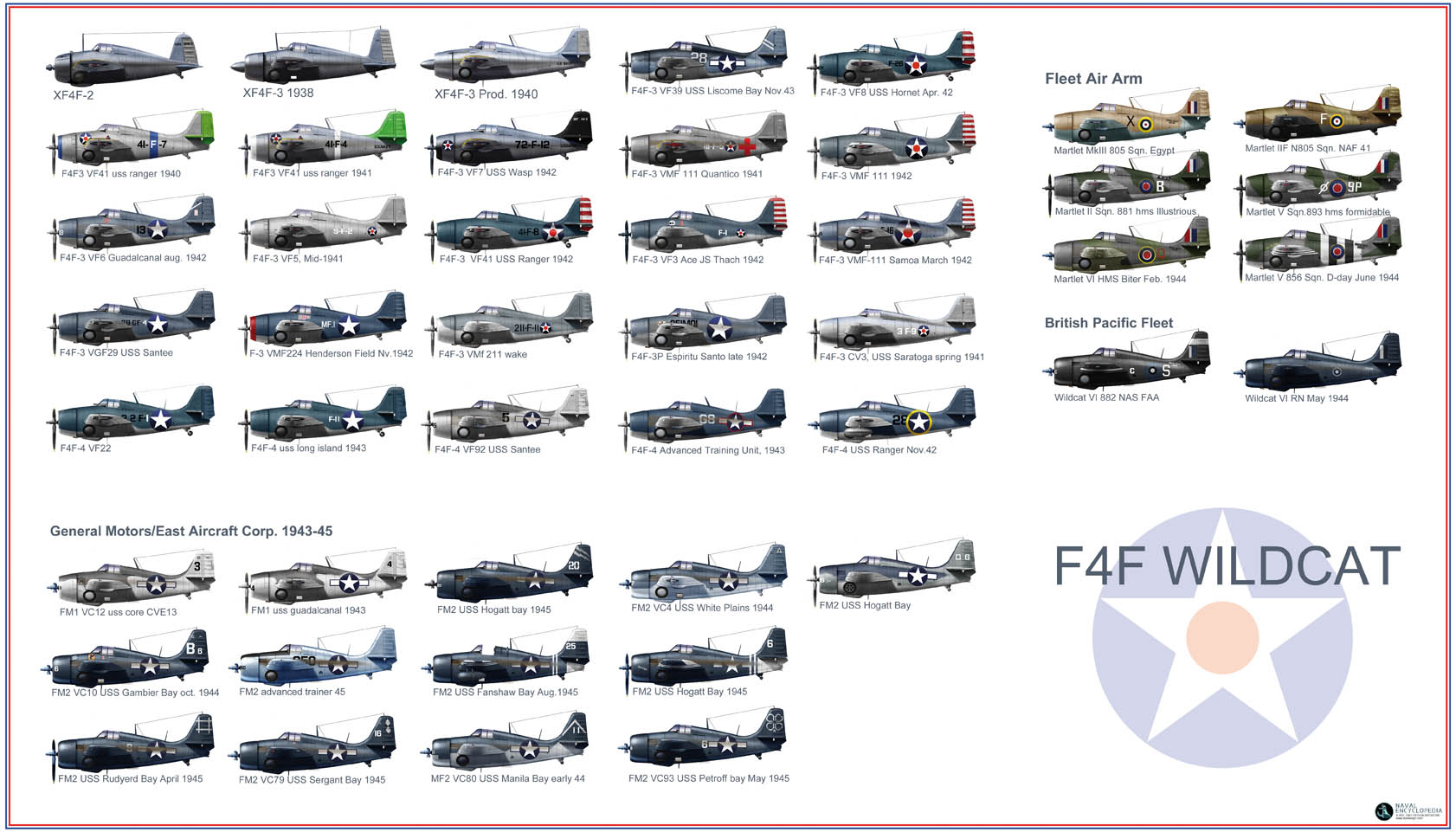
F4F wildcat
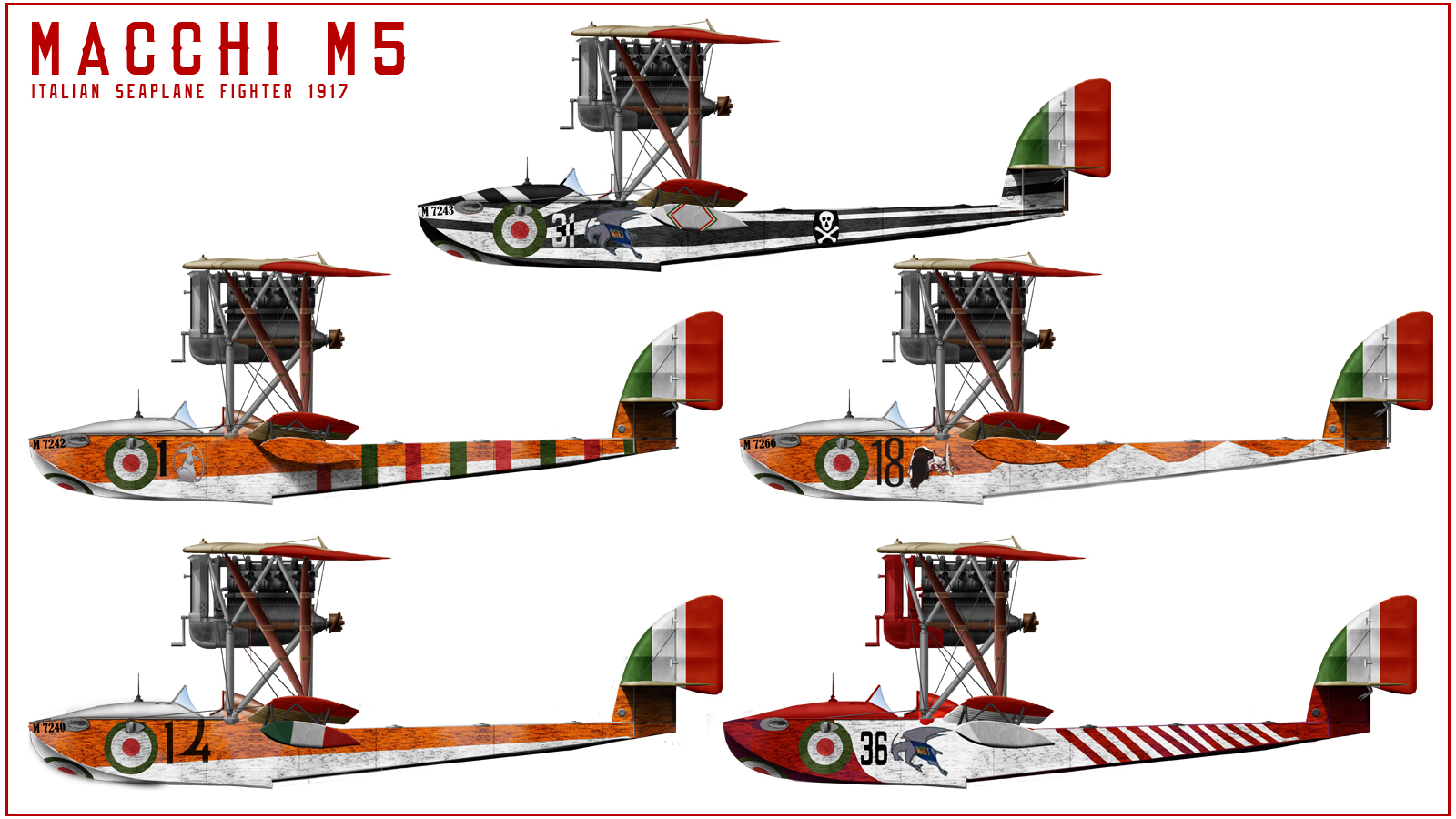
Macchi M5
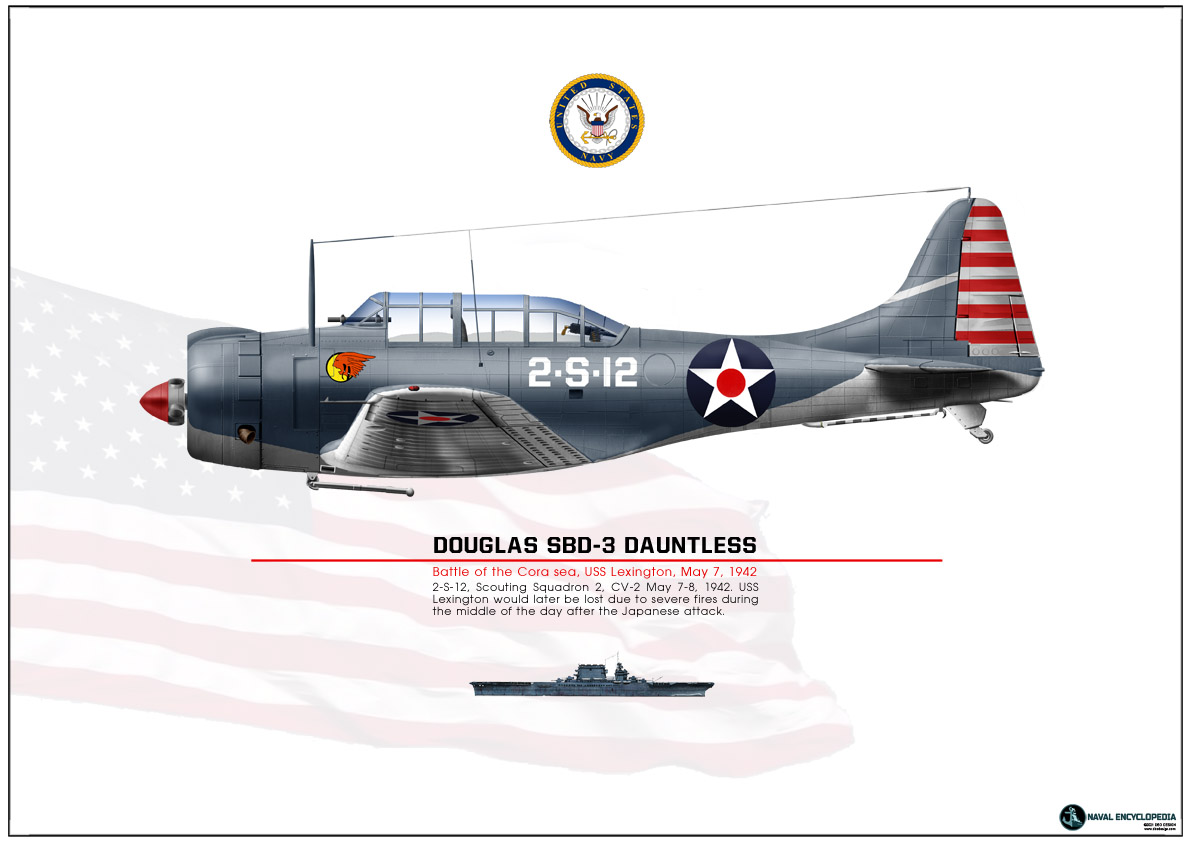
SBD Dauntless Coral Sea
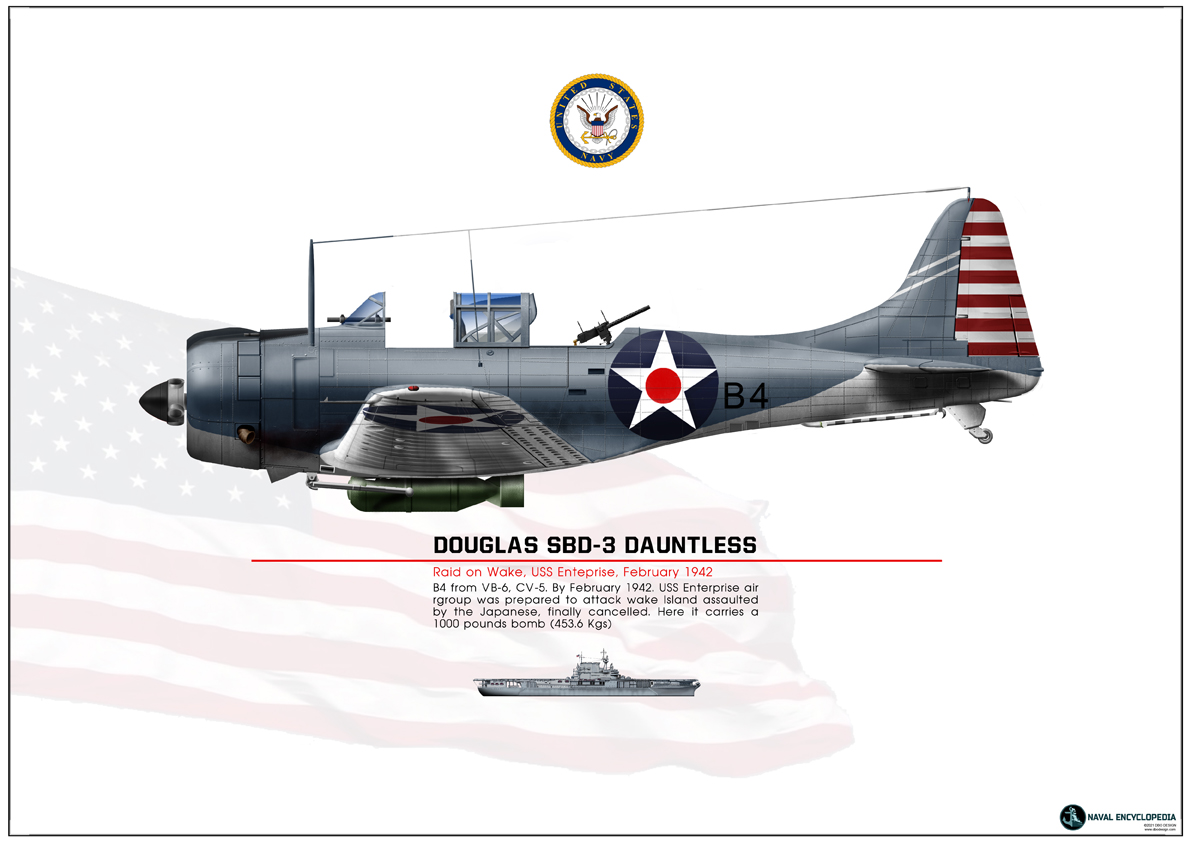
SBD Dauntless USS Enterprise
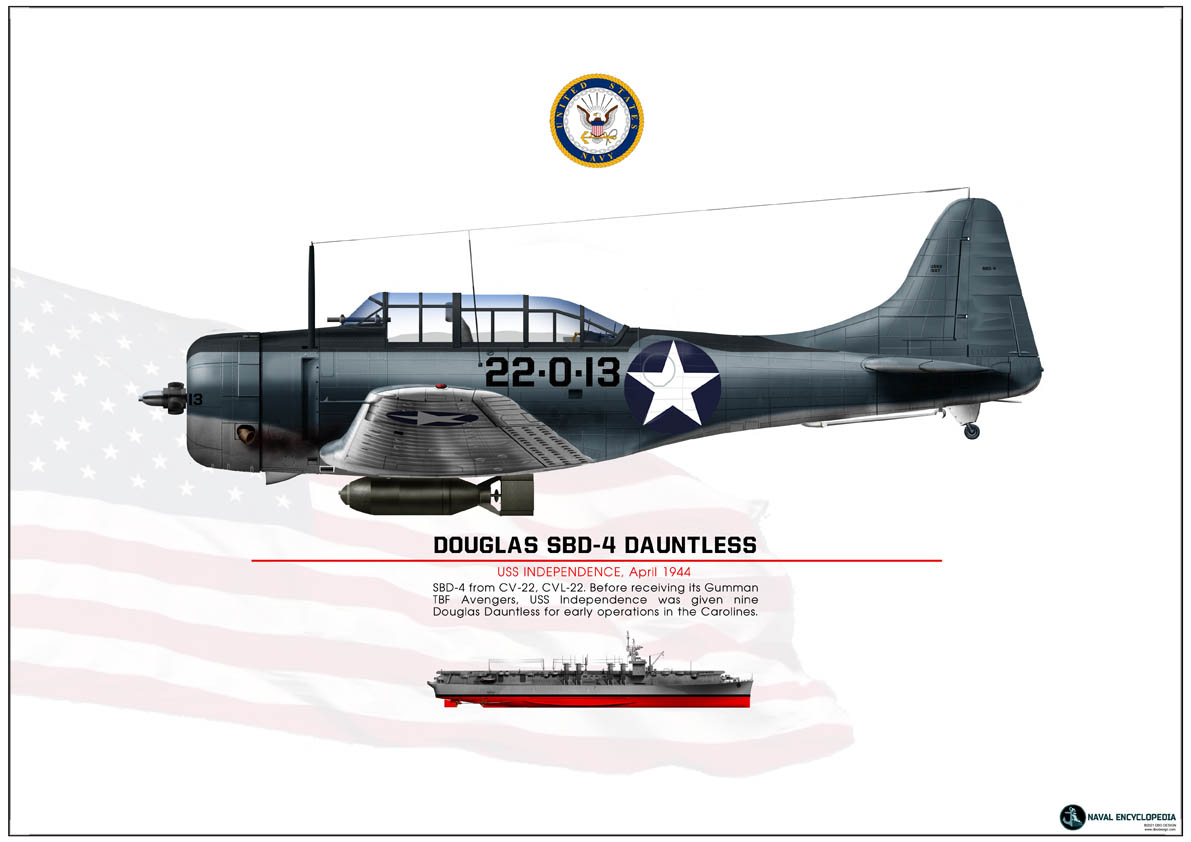
SBD-4 CV22